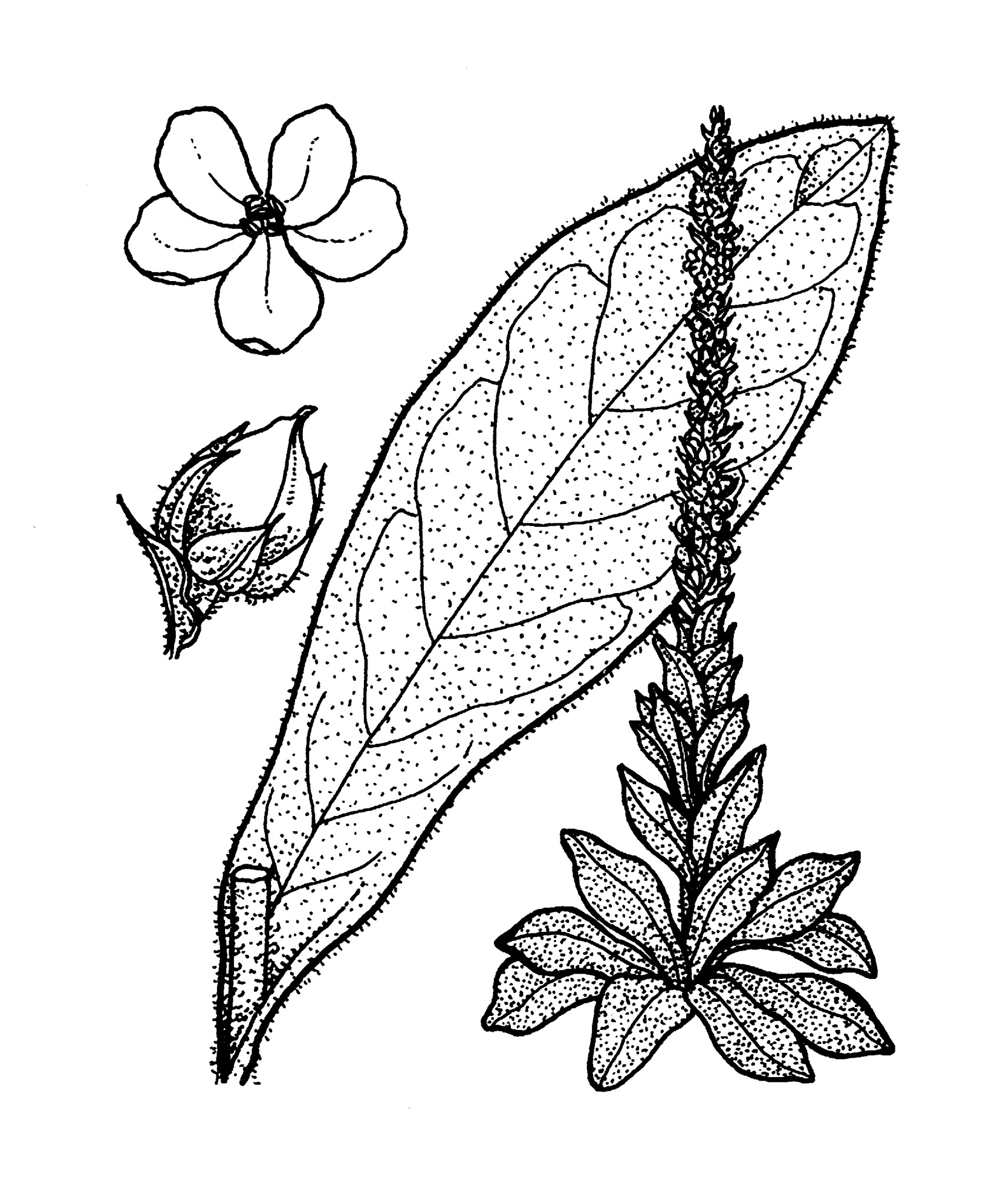
Classical Latin name.
Annual, perennial but more usually biennial herbs, occasionally subshrubs. Leaves alternate above the basal rosette, becoming smaller up the stem, simple, entire or occasionally lobed or cut, often with a dense coating of hair. Flower clusters forming long, sometimes branched, spikes. Flowers yellow, white or brownish to red. Calyx and corolla 5-parted, the latter wide-spreading and wheel-like, with a short tube. Stamens mostly 5. Fruit a mostly spherical capsule.
Difficult to identify in horticulture as they often hybridise in the garden to produce sterile offspring.
A genus generally growing naturally in dry, rocky habitats and therefore having considerable environmental-weed potential. Plants should be grown with extreme caution. Widely naturalised species not described here include: V. creticum, V. sinuatum and V. virgatum, Twiggy or Green Mullein. Some species are poisonous to livestock.
Grown mostly as border plants for the vertical flower spikes and rosettes of large leaves. Widely naturalised.
Perennial species may be divided, others grown from seed.
V. thapsus is used to make simple candles, and is also a source of dyes, fish poison, and various medicines generally used as infusions and tinctures for treating throat and mouth infections.
Flowers in tall spikes, often with a basal rosette of leaves; flowers short-tubed, wheel-like; fertile stamens generally 5.
About 300-350 species from W and C Asia, N Africa and Europe, with a centre of distribution in Turkey.
Source: (2002). Scrophulariaceae. In: . Horticultural Flora of South-eastern Australia. Volume 4. Flowering plants. Dicotyledons. Part 3. The identification of garden and cultivated plants. University of New South Wales Press.
